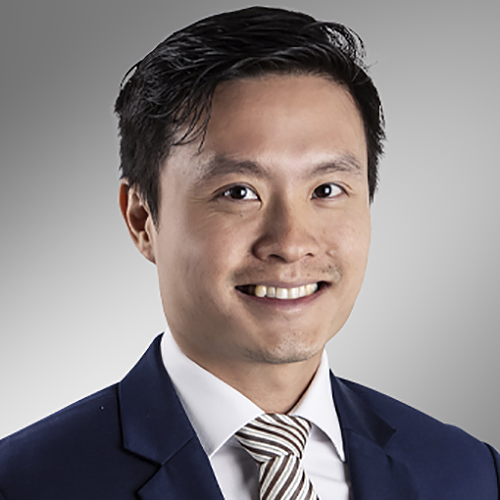With the election of the Philippines' first President from Mindanao last May 2016, Rodrigo Duterte promised economic revitalization of the country's second largest island. The Duterte administration's large public infrastructure program kicked off early this year along with expectations of higher spending and investment flows in the Philippines, and to Mindanao in particular.
Home to more than 22% of the country’s population, Mindanao produces more than 37% of the Philippines’ total agricultural production value. However, its industrial and services sector contribute only 13% and 11% of domestic production value respectively to each of its sector in the country. Despite this low industrial output, the island boasts economic growth rates of more than 6% since 2016 and a US$44.3 billion GDP, larger than the Southeast Asian countries of Laos and Brunei. Mindanao is expected to achieve historically higher growth rates moving forward as the Duterte administration focuses on industrial capacity building and infrastructure development over the next five years.
In a series of public dialogues and presentations to various foreign and local business groups in the past six months, key members of the cabinet, ranging from finance, to public works, to trade and industry, enumerated various big-ticket projects in Mindanao as part of "Dutertenomics" and what the government calls "the Golden Age of Infrastructure."
These include the US$618 million, 105-km segment of the 830-km Mindanao rail line; the US$ 95 million Pangil Bay Bridge in Northern Mindanao; the US$40.8 million upgrades of the Davao City and Cagayan de Oro City airports, and the US$1.5 billion Mindanao Logistics Infrastructure Network (MLIN) that will improve the transport and logistics infrastructure of the Eastern half of Mindanao. The MLIN is expected to enhance agricultural and business competitiveness by developing an intermodal logistics system to overcome high transport costs and inadequate logistics infrastructure. With at least US$2.2 billion worth of infrastructure spending alone, the multiplier effects to the local economy is expected to propel Mindanao as the Philippines’ next growth hub.
Challenges
However, implementing these projects face the usual hurdles of bureaucratic red tape, corruption, right-of-way problems, and the festering security problems from various armed insurgents in the island such as communist rebels and ISIS-inspired terrorists.
During a joint conference organized by local and foreign business groups in Manila last August 2017, Bases Conversion and Development Authority (BCDA) President Vince Dizon emphasized the government’s unprecedented teamwork to improve efficiencies among national agencies. In particular, Secretary Ramon Lopez of the Department of Trade and Industry described the implementation of electronic business permits and licensing to reduce red tape, which are sources of graft and corruption.
In terms of security issues, the administration has continued its operations to eradicate the Abu Sayaff group in Western Mindanao and Maute terrorists in Northern Mindanao, as the latter rampaged through Marawi City, a cultural and administrative center in the area. Although the fighting in Marawi has lasted for more than 3 months with government forces at the cusp of victory, it lays bare the physical and security challenges to implement the government’s social and economic development plans.
To assure investors, the Duterte administration continue to hammer the message of better opportunities await companies due to Mindanao’s potential despite the security challenges in some provinces. During an investment forum in Duterte’s hometown of Davao City last July 2017, cabinet secretaries discussed the infrastructure plans of the government in detail to a large contingent of local and international business delegates. As a highlight to the event, President Duterte gave a stream of consciousness speech about the communist insurgency and extremism. To which he capped, “Wherever endeavor you are in, fundamentally it’s peaceful (in Mindanao). The fight in Marawi would soon be over.”
In an interview of Chris Nelson after the event, executive chairman of the British Chamber of Commerce in the Philippines, who was one of the guest speakers to the event, “It seems there is still strong business and investor confidence and interest in the region. According to Moody’s, the current situation is unlikely to affect economic growth – impact will be minimal and short-lived.” He added, “The community is hopeful that in the next months, the infrastructure projects will reap benefits for the region’s organizational structure, facilities, transportation, and efficiency in general.”
As a sign of bullishness to Mindanao’s prospects, Tony Fernandes, Group CEO of AirAsia, was present in the same conference to launch his carrier’s Davao-Kuala Lumpur route. In a talk after the launch, he said, “I believe in connectivity, bringing people together, and bringing more jobs, and bringing economic development, makes things safer to be honest.”





.jpg)
.jpg)


